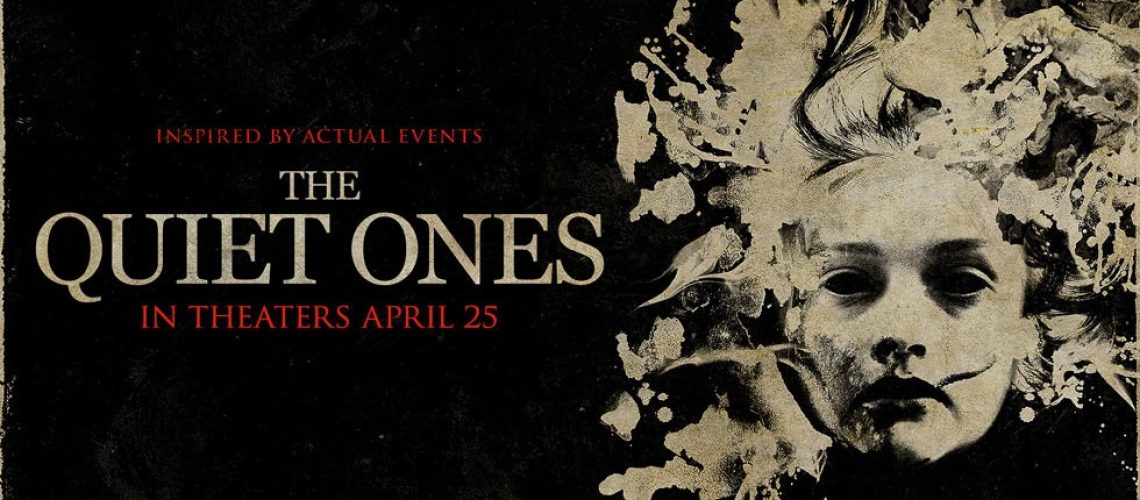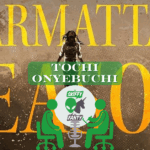The Marvel logo that introduces the company’s movies (and their respective trailers) is a pretty sharp piece of work. That flipping by of comic book images primes the viewers, gesturing toward the history of all that came before. I bet that many viewers feel a bit of a thrill the moment that logo appears, even if — when seeing a trailer for the first time — they don’t know what movie is coming up after those images.
I have much the same reaction to the new Hammer logo, which you can check out here. Hammer Studios are a storied institution. They brought Quatermass to the big screen and revived Gothic horror with 1957’s The Curse of Frankenstein. That first pairing of Peter Cushing and Christopher Lee has a hallowed place in horror history, as do the films that followed. But the late-sixties and early-seventies brought difficult times to Hammer. Films such as Rosemary’s Baby, Night of the Living Dead, The Texas Chainsaw Massacre and The Exorcist changed the face of the horror film. Hammer’s period pieces, which had been so radical with their colour, gore and sexuality (tame though those elements appear today), now seemed quaint. Attempts to modernize (Dracula A.D. 1972) were met with mixed success (to put it kindly). The last theatrical hurrah was To the Devil… A Daughter in 1976, an attempt both to follow up the earlier success of The Devil Rides Out and mimic The Exorcist.
But Hammer has returned, and it is a joy to see that history-referencing logo as the lights go down. Hammer’s new output has been true to its tradition, with the biggest success coming in the unapologetically old-fashioned ghost story The Woman in Black. The most recent effort is The Quiet Ones (likely already come and gone from a theatre near you). While widely regarded as a disappointment, I do think it has some pleasures to offer the viewer.
Like The Woman in Black, The Quiet Ones is a conscious throwback. Not only does it take place in 1974, but it it could also almost have been made then. Loosely based on a series of experiments that took place in Toronto (my skepticism means I can suspend my disbelief regarding the film’s events more easily than swallow the ‘true story,’ but whatever), the story has the familiarity of a cozy cardigan. A team of psychic investigators set up shop in large house; experiments get out of control: nothing new here. Nothing too surprising about classic campfire tales either, and they still get the job done, and so, for the most part, does The Quiet Ones. This is the horror film as comfort food, and we all like a good meatloaf from time to time.
One concession the film makes to contemporary trends is its extensive use of the found-footage trope. Though I have rather lost patience with this technique, I did appreciate how The Quiet Ones seamlessly blended found footage with conventional, “third person” storytelling, thus avoiding the often ridiculous contortions the 100% found-footage film requires (hello Paranormal Activity 3).
So, though The Quiet Ones doesn’t bring very much new to the table, it does deftly suggest some storytelling techniques other films might do well to notice. And its retro quality is itself endearing, something of a gift to fans of Hammer’s legacy.









